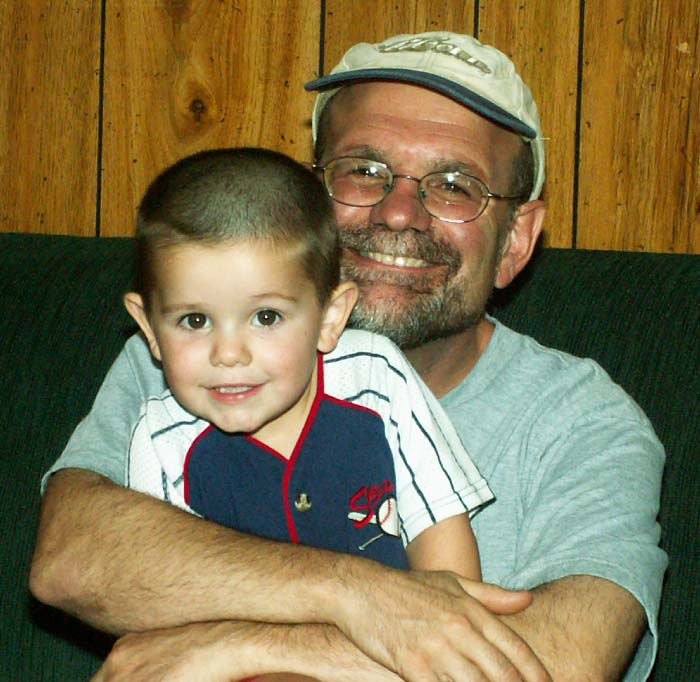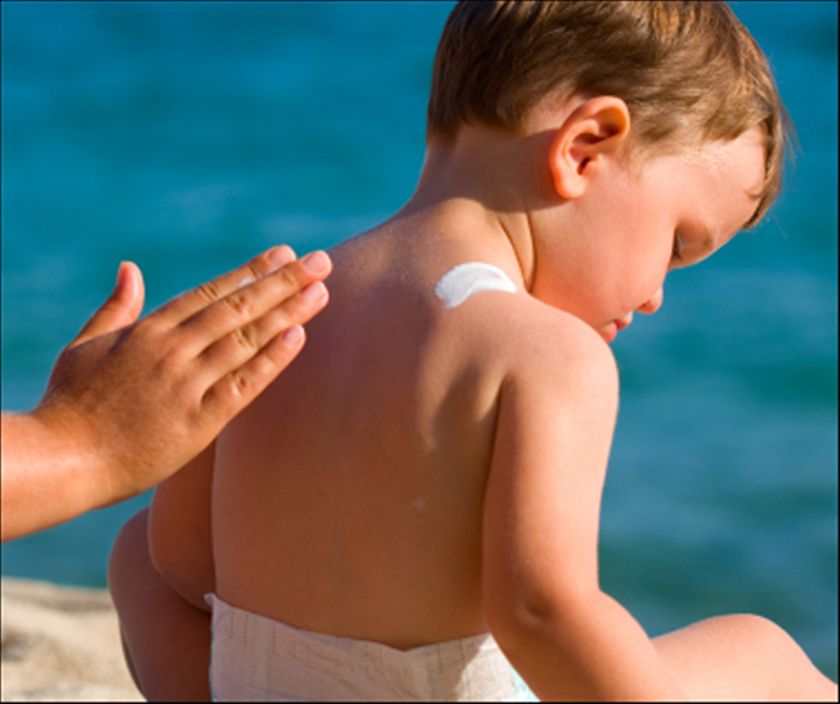 John Pagano[/caption]
John Pagano[/caption]
Posted by Education Resources Faculty: John Pagano
FAB “Functionally Alert Behavior” Strategies provide a practical alternative to the use of a Sensory Diet. In working for over 30 years as a full time occupational therapist with my own sensory processing challenges, I created FAB Strategies to quickly develop individualized strategies that improve self-control in children with developmental and behavioral challenges. FAB Strategies are also used by many parents, teachers, as well as occupational, physical, speech, and mental health therapists I have shared them with over the past 10 years in my workshops.
Organized in four sections labeled A-D FAB Strategies sequentially include environmental adaptations, sensory modulation, positive behavioral support, and physical self-regulation strategies. Sections A-D guide the types of strategies selected, with at least one strategy from each section included. The strategies can be implemented in any order, but alternating seated with more active strategies usually works best.
In conjunction with the team an occupational, physical, speech, or mental health professional develops an individualized goal and selects the strategies. The strategies to be used by all team members are checked off and underlined on the FAB Strategies form. Strategies listed in bold are marked with an X and underlined for use by trained occupational, physical, and speech therapists. Two blanks are included on the bottom of the FAB Strategies form to allow for additional strategies contributing to goal attainment.
FAB Strategies are useful for quickly developing occupational therapy clinical and school interventions, home programs, strategies for use by teachers and therapists, and as a checklist of strategies that promote self-control in children with development and behavioral challenges. A signature line is provided at the bottom of the page for parents to sign that they understand and agree with all the adaptive equipment and techniques before they are used. FAB Strategies provide a practical tool for efficiently developing individualized goal-directed strategies for clinical use and sharing with parents, teachers, as ell as occupational, physical, speech, and mental health therapists.
Effective Ways to Manage Behavior and Increase Functional Outcomes
by John Pagano
April 26-27, 2013 – Puyallup, WA
September 20-21, 2013 – Orland Park, IL
October 18-19, 2013 – Cedar Knolls, NJ
November 8-9, 2013 – Hollywood, FL

 [/caption]
[/caption]



